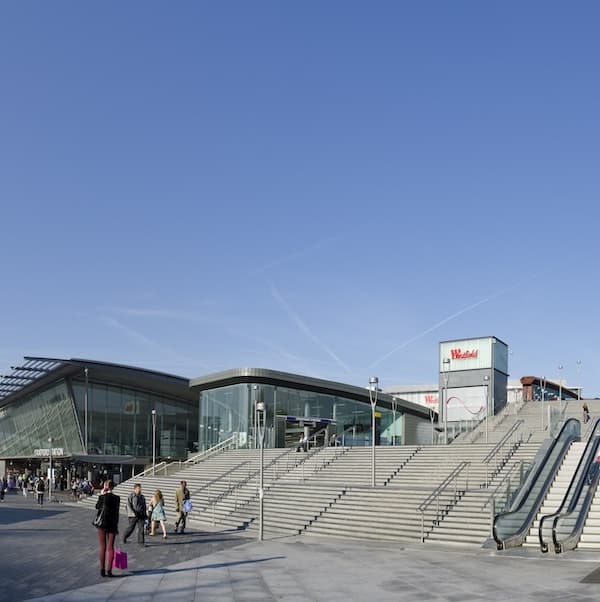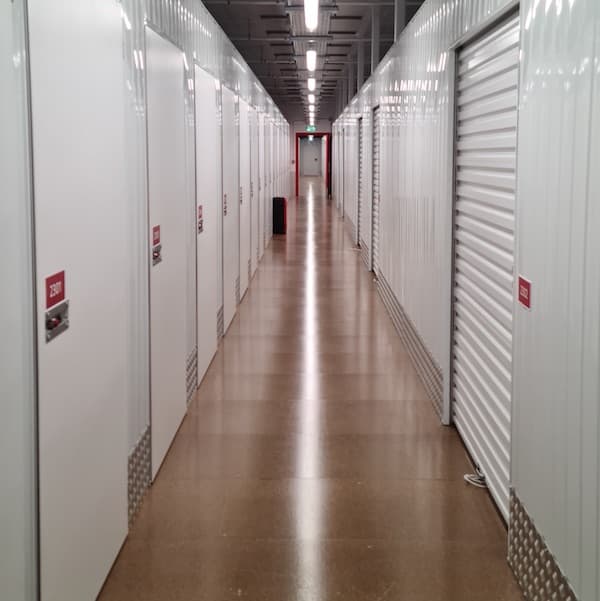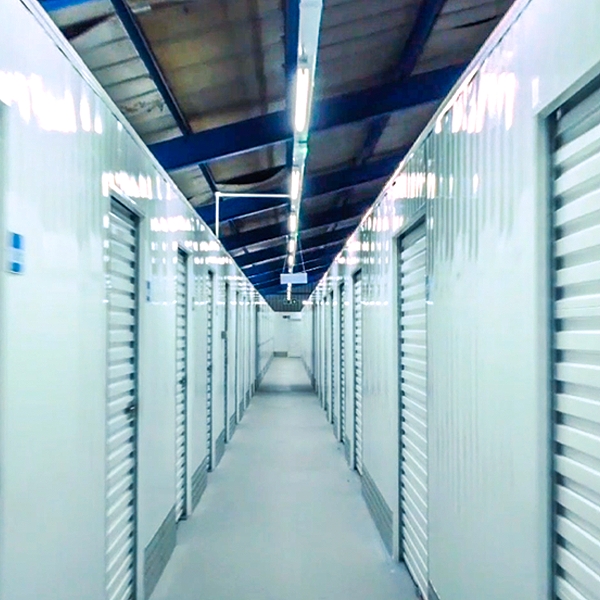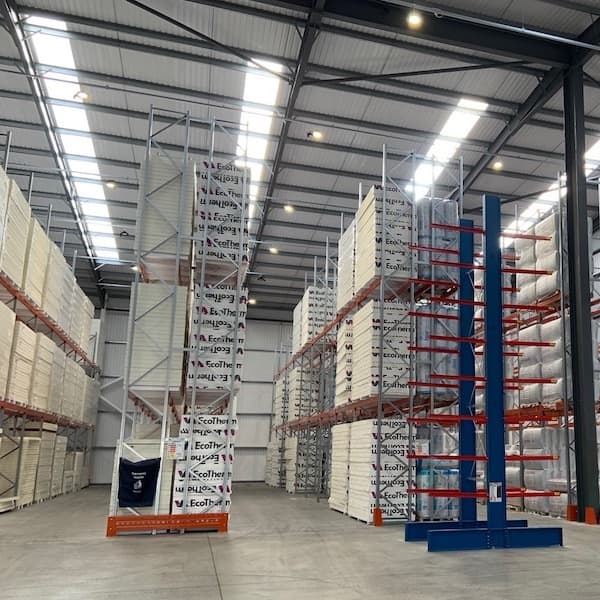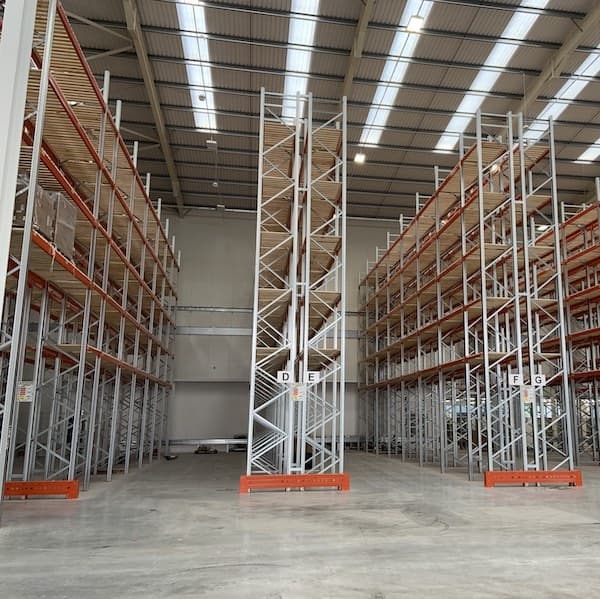- Mezzanine Floors
- Solutions
- Multi-Tier Mezzanines
- Mezzanine Pallet Safety Gates
- Mezzanine Staircases
- Mezzanine Handrails and Balustrades
- Mezzanine Decking
- Fire Protection for Mezzanine Floors
- Mezzanine Lift Shaft Design and Installation
- Resources
- Mezzanine Floor Calculator
- Mezzanine Floor Regulations and Building Control
- Self-Storage Mezzanine Floors
- Self-Storage Units
- Resources
- Self-Storage Site Selection Information
- Calculating The ROI of Self-Storage Conversions
- Planning for Automation in Self Storage
- Racking & Shelving
- Services
- Racking Design
- Racking Manufacture
- Racking Installation
- Racking Inspections
- Retail Racking And Shelving Systems
- Solutions
- Cantilever Racking
- Pallet Racking
- Coil Racking
- Longspan Shelving
- Tyre Racking
- Kimer Racking
- Live Storage Racking
- Drive In & Drive Through Racking
- Clip Shelving
- Mobile Shelving
- Custom Fabrications
- About Us
- USS Case Studies
- Self-Storage Fit-out For Raked Ceiling Building
- Mezzanine And Staircases For Entertainment Venue
- New Mezzanine And Staircases For Major Retailer
- Mezzanine Pallet Safety Gate
- Self-Storage Fit-Out Project For Brand New Facility
- Warehouse Racking, Wire Mesh & Shelving for New Warehouse
- Self-Storage Partition System & Components Installation
- Self-Storage Store Mezzanine And Staircases
- Multi-Tier Mezzanine For Logistics & Distribution Facility
- Warehouse Plant Platform
- Self-Storage Facility Space Expansion
- Mezzanine Floor For Distribution Warehouse
- Bespoke Feature Staircase & Mezzanine
- Single Level, Multi-Use Mezzanine
- Mezzanine For A New Building
- Mezzanine Floor For Plumbing Supplies Warehouse
- New Racking System and Mezzanine Floor
- Car Park Conversion To Self Storage Facility
- Pallet Racking and Cantilever Racking For Warehouse
- Two Mezzanine Floors For Self-Storage Facility In Birmingham
- Our Accreditations
- Contact Us
- USS Case Studies
The Latest Blogs From USS
How To Expand Your Self Storage Portfolio On A Budget
read

The self-storage sector has often been described as ‘recession-proof’. While this is a rash claim to make of any sector, the statistics for self-storage occupancy rates in the UK would certainly seem to back up the idea that self-storage thrives no matter what is happening in the wider economy. According to statistics published by Statista, for example, the occupancy rates on current lettable self-storage areas in the UK rose steadily year on year from 2011 to 2021, rising from 62.7% to 83.3%, with self-storage being one of the few industries to thrive during the COVID-19 pandemic and emerge in an even stronger state.
Every year, the Self Storage Association UK publishes an annual report on the state of the industry, and the 2022 edition – based on figures relating to 2021 – underlines the growing demand for self-storage in the UK and the potentially lucrative nature of the market. According to the report, which gathers data from 66 self-storage companies across the UK (not to mention a sample size of 1,435 self-storage customers), the average net rental rate within the self-storage sector is up 9% on the previous year, at £26.13 per square foot per annum. The sector’s resilience is doubtless primarily driven by the nature of the demand for this service. It tends to be caused by significant life events – divorce, moving house and death in the family – no matter what happens in the wider economy. According to the SSA report, one factor that makes self-storage an appealing business is that it doesn’t rely on a single group of people or a specific industry from which to draw customers. 26% of customers were using self-storage because they were between residences. When combined with the 8% who were moving and didn’t have enough space in the new home and the 4% opting to declutter their home in an attempt to sell it, makes house moves, in general, the biggest driver of self-storage custom. Nevertheless, these issues still accounted for less than 40% of all domestic customers. 30%, for example, utilise self-storage to store property items as space in their home is limited; 12% due to a life event such as a marriage, the birth of a child or an inheritance.
As we move deeper into 2023, virtually every sector of the UK economy is having to come to terms with the impact of headwinds such as rising inflation, supply-chain disruption (thanks to both the war in Ukraine and Brexit) and, with particular relevance to the self-storage sector, the perennial issue of the shortage of land and/or property ripe for development. On the optimistic side, the good news is that The World Bank has made positive noises regarding inflation, predicting that energy prices will fall by 11% in 2023, agricultural prices by 5%, and metal prices by 15%. As was demonstrated during the financial crash of 2008 and the period of austerity which followed, and then again during the COVID-19 pandemic, the self-storage sector is probably uniquely able to cope with periods of economic uncertainty and emerge stronger as things pick up. In simple terms, self-storage can thrive when people have to use it (divorce, downsizing their home) and when they choose to (storing sports equipment, businesses holding excess stock).
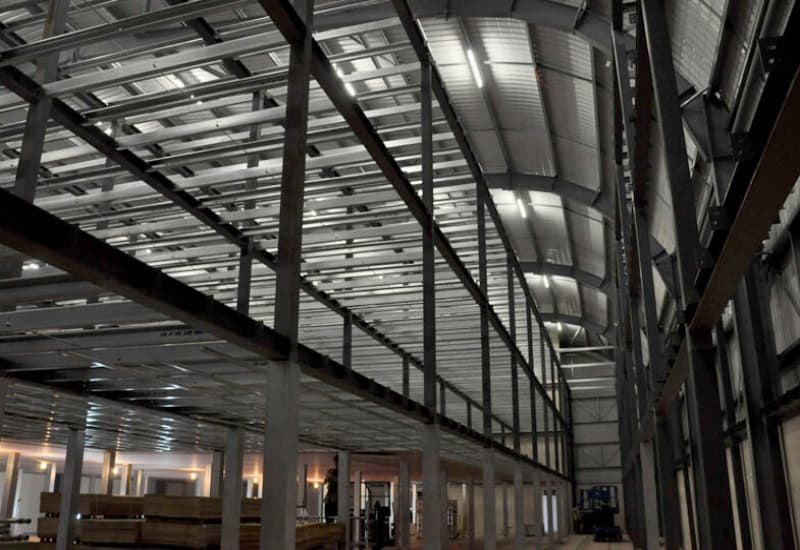
It’s not difficult to find examples of investors willing to sink their money into self-storage businesses in the UK, with a trend for repurposing existing sites into self-storage facilities. In February of this year, for example, Harbinger Sunderland Developments Ltd. announced their intention to convert a former retail building in Sunderland into a facility under the brand The Store Room, while in January, Blue Bear Storage opened a new location in Bury St. Edmunds, England. The facility will provide 20,000 square feet of storage, and a sixth facility followed run by the same operator later in the month.
On a larger scale, December of last year saw Space Station Self Storage – which has 13 facilities across the United Kingdom – plan a large-scale expansion following an investment of £ 50 million from global real estate investment firm Heitman, with the opening of three new facilities across Birmingham.
All of these examples help demonstrate the underlying aspect of the UK self-storage market, which is that compared to markets such as the US and Australia, where the self-storage sector is much more mature, the UK still offers sizeable capacity for expansion. In Australia, for example, the available storage space per head of population is 1.90 square feet, while in the US, it is 9.40 square feet. Meanwhile, this figure is still just 0.73 square feet in the UK. The above helps to explain why experts such as Swiss Life Asset Managers and The Motley Fool single out self-storage as a sector which offers appealing investment opportunities, particularly when compared to other types of real estate.
All of which would indicate that if you’re already involved in the self-storage industry, you may wish to expand your interest while the market still has vast potential for further growth. The growth in question can be measured using the metric Earnings before Interest, Tax, Depreciation and Amortisation, usually referred to as EBITDA, which measures the profits generated by a company. The average EBITDA across the self-storage industry had risen from £4,656,893 in 2020 to £7,505,959 in 2021. For smaller operators – those with an EBITDA of less than £1 million – the figure for profit had risen by 22.8% to £339,437.
Philip Macauley is a partner and head of self-storage at the real estate services firm Cushman & Wakefield, who, amongst other things, help to put together the SSA annual report. Speaking to Property Week in April 2022, he was bullish about the prospects for the sector. He predicted that there wouldn’t be a slowdown in the market “any time soon” and that “We have a long way to go in where we are as a market” and highlighting the new investment coming into the sector:
“We are seeing new money coming in – institutional and private equity,” says Macauley. “Institution wise, Legal & General has been making a sizeable play in the UK market in the past 12 months. It will buy, invest and develop a facility and drop in an operator on a management agreement who will run the business, and L&G will pay them a base fee, and have their rates for achieving X-percentage profit.”
For many people reading all this, the only thing that might hold them back from expanding their self-storage offering is the investment needed. After all, one of the appeals of self-storage as a business is that – once up and running – it offers relatively low overheads and running costs. With the majority of customers (32%) only visiting their storage unit around once a month, 20% visiting fewer than three times per year, and just 14% visiting once a week, self-storage units offer the kind of easy-to-run operation.
Expanding a facility or opening new self-storage options will often represent the first time many owners have had to make a further significant investment after getting involved in the business. For this reason, it’s crucial to understand how to make that investment and take advantage of the opportunities while keeping a close eye on budgets.
Mezzanine Floor
If you have existing premises with self-storage units installed, there’s a chance that the most accessible available source of extra space is up above your head. In a warehouse space, for example, the internal ceiling is often high enough to install another floor above the ground floor. The great advantage of a mezzanine floor is that – because it is detachable from the frame of the building – it will not (usually) require planning permission, although you should always check this. A mezzanine floor can be equipped with staircases to enable access and utilise space in the same manner as the original ground floor of the premises. Lifting some of the storage off the floor might even make it possible to open up a space on the ground floor for a reception area or services such as packing facilities that commercial customers may be willing to pay extra.
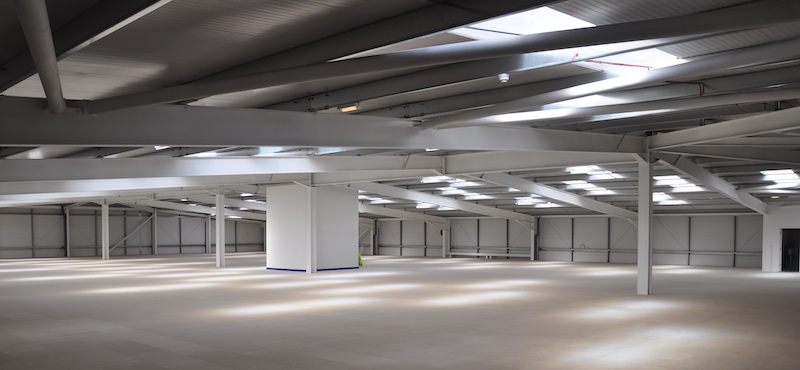
Existing Premises
Your existing self-storage facility may need more room for a mezzanine floor; therefore, building an entirely new facility is beyond your budget. Consider extending your portfolio by repurposing an existing building to make it work as a self-storage facility. Here at USS, we’ve carried out self-storage fit-outs within all kinds of buildings including a former multi-storey car park. The bonus of this approach is that it will enable you to locate your expanded self-storage offering within easy travelling distance of the demographic most likely to use it. According to the SSA report, that particular demographic is homeowners aged 40-70 - and they don’t like to travel too far to access their self-storage, with 60% travelling 15 minutes or less and 75% travelling 20 minutes or less. So, it makes sense to find a building suited to repurposing for self-storage close to residential areas packed with the target demographic; there’s an excellent, data-backed probability your new business will be satisfying the demand for self-storage.
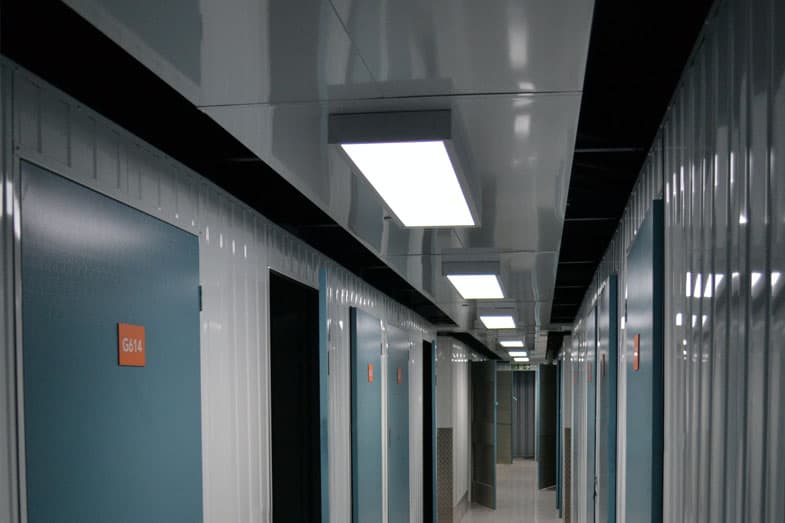
Think Modular
The modular approach to installing self-storage units breaks the process down into its components. From the aforementioned mezzanine floors to dividing partition walls, doors ranging from roller doors to shutters and swing doors and staircases where needed, you can meticulously plan your self-storage installation to maximise the available space. In addition, a modular approach of this kind offers total flexibility, with the ability to switch and change the components of the individual units if you find yourself dealing with a change in demand. As stated previously, one of the appealing aspects of self-storage from a business point of view is the sheer range of customers it attracts. A modular solution will mean you can easily switch between smaller units for individuals to store belongings when decorating a house. Designing larger units gives an alternative to warehouse space for businesses needing to hold excess stock, demonstrating the flexibility that helps to drive a successful self-storage business.
Innovate
Don’t assume space isn’t suited to having self-storage units installed until you speak to the experts. For example, we recently installed more than 300 storage units and a mezzanine floor within a building with a sloping roof. Ordinarily, storage units are little more than boxes in essence, with a flat ceiling making them easy to slot into any space. In this case, however, the ceiling sloped to a single point. To maximise the space available, we had to design and manufacture several individual storage units customised to account for that sloping ceiling. Innovative thinking of this kind can also be applied to the nature of the service on offer, with automated entry, for example, not only appealing to customers looking for convenience and 24-hour access but also lowering overheads by removing the need for employees to be on hand.
This blog is for information purposes only and should not be construed as legal or financial advice and not intended to be substituted as legal or financial advice.
Find Us
S & L United Storage Systems Ltd
United House, The Street
Takeley, Bishop's Stortford
Hertfordshire, CM22 6QR
Company No. 1313816
VAT No. 291616253Say Hello
01279 871 787Copyright © 2025 S & L United Storage Systems Ltd. All rights reserved.
- About Us

